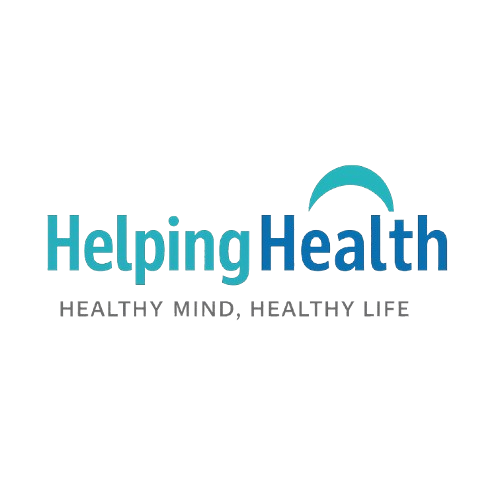
Women’s Health: Understanding Common Diseases and Conditions for a Healthier Future
Women’s health is a vital part of overall healthcare, yet it is often overlooked or misunderstood. From hormonal changes to reproductive health, women face unique challenges that require attention, awareness, and preventive care. Early detection, proper lifestyle management, and regular check-ups play a crucial role in preventing serious health issues.
This article provides an in-depth look at some of the most common diseases and conditions that affect women, along with practi
cal tips for prevention, treatment, and healthier living.
Why Women’s Health Matters
-
Unique biological factors: Hormonal cycles, pregnancy, and menopause create unique health challenges.
-
Silent symptoms: Many conditions in women, like thyroid disorders or osteoporosis, progress quietly.
-
Increased risk factors: Women are more prone to autoimmune disorders, reproductive cancers, and anemia.
-
Preventive care saves lives: Awareness, early diagnosis, and healthy routines reduce long-term risks.
Common Diseases and Conditions Affecting Women
1. Polycystic Ovary Syndrome (PCOS)
Overview: PCOS is one of the most common hormonal disorders in women of reproductive age. It affects ovulation and causes irregular periods, weight gain, acne, and excessive hair growth.
Causes: Hormonal imbalance, insulin resistance, and genetic factors.
Prevention & Management:
-
Maintain a balanced diet with low refined carbs.
-
Exercise regularly to improve insulin sensitivity.
-
Manage stress through yoga or meditation.
-
Consult a gynecologist for medication if symptoms worsen.
2. Endometriosis
Overview: Endometriosis occurs when tissue similar to the uterine lining grows outside the uterus, causing severe pain and sometimes infertility.
Symptoms: Painful periods, pelvic pain, pain during intercourse, heavy bleeding.
Management:
-
Pain-relief medication or hormonal therapy.
-
Surgery in severe cases.
-
Lifestyle changes such as anti-inflammatory diets and stress management.
3. Breast Cancer
Overview: Breast cancer is one of the leading causes of cancer-related deaths in women. Early detection greatly increases survival rates.
Risk Factors: Family history, genetic mutations (BRCA1/BRCA2), obesity, sedentary lifestyle.
Prevention:
-
Regular self-exams and annual screenings.
-
Maintain a healthy weight.
-
Limit alcohol and avoid smoking.
-
Eat antioxidant-rich foods (berries, leafy greens).
4. Cervical Cancer
Overview: Caused primarily by the human papillomavirus (HPV), cervical cancer can often be prevented with vaccines and screenings.
Prevention:
-
HPV vaccination.
-
Regular Pap smears and HPV testing.
-
Practicing safe sex.
5. Osteoporosis
Overview: Women are more prone to osteoporosis due to hormonal changes during menopause. It leads to weaker bones and higher risk of fractures.
Prevention:
-
Include calcium and vitamin D in diet.
-
Weight-bearing exercises like walking or yoga.
-
Avoid excessive alcohol and smoking.
6. Anemia
Overview: Iron-deficiency anemia is extremely common in women due to menstruation, pregnancy, or poor nutrition.
Symptoms: Fatigue, pale skin, dizziness, shortness of breath.
Prevention & Care:
-
Eat iron-rich foods (spinach, lentils, red meat).
-
Take iron supplements if recommended.
-
Combine iron-rich foods with vitamin C to boost absorption.
7. Heart Disease in Women
Overview: Often considered a “man’s disease,” heart disease is actually one of the leading causes of death in women.
Symptoms in Women: Chest pain, shortness of breath, nausea, back or jaw pain.
Prevention:
-
Regular physical activity.
-
Eat a heart-healthy diet (low salt, high fiber).
-
Manage stress effectively.
-
Get regular health check-ups.
8. Mental Health Conditions
Overview: Anxiety and depression are significantly more common in women due to hormonal fluctuations, societal pressures, and lifestyle stress.
Self-Care:
-
Practice mindfulness and relaxation techniques.
-
Maintain a support system of family and friends.
-
Seek professional counseling when needed.
Preventive Health Tips for Women
-
Schedule annual health check-ups (gynecological exams, mammograms, blood tests).
-
Eat a balanced diet rich in whole grains, fruits, vegetables, lean protein, and healthy fats.
-
Exercise regularly to maintain weight and improve hormonal balance.
-
Prioritize sleep—at least 7–8 hours daily.
-
Manage stress through yoga, deep breathing, or journaling.
-
Limit alcohol, smoking, and processed foods.
FAQs About Women’s Health
Q1: What is the most common health issue women face?
Anemia and hormonal imbalances like PCOS are among the most common.
Q2: How often should women get screened for breast cancer?
Most experts recommend yearly mammograms after age 40.
Q3: Can lifestyle changes reduce the risk of PCOS?
Yes, regular exercise, weight management, and a healthy diet can significantly reduce symptoms.
Q4: Is osteoporosis preventable?
Yes, with proper diet, vitamin D, calcium intake, and weight-bearing exercise.
Conclusion
Women’s health is complex and deeply influenced by biological, lifestyle, and environmental factors. Awareness about common conditions such as PCOS, endometriosis, cancer, and osteoporosis empowers women to take preventive action.
By embracing regular check-ups, balanced nutrition, mental wellness practices, and healthy routines, women can lead longer, healthier, and more fulfilling lives. Investing in women’s health is not just personal—it benefits families, communities, and society as a whole.
